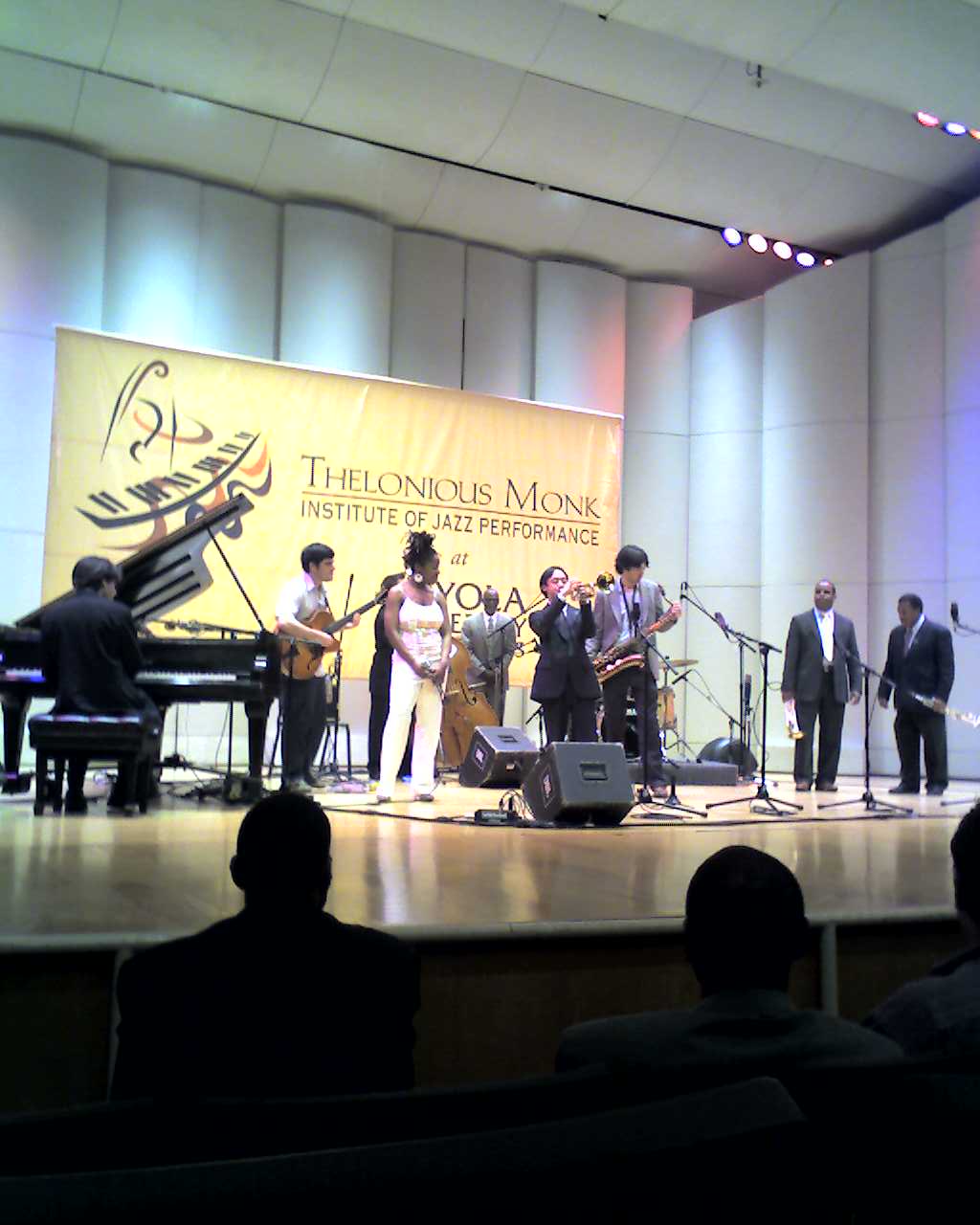I want to write a post on Ed Neumeister‘s Artist Share projects, and I am not sure if I should start with Ed or the Artist Share concept. Each subject warrants many words.

I’ll start with Ed. My first exposure to Ed was through my favorite big band of my early adulthood, The Mel Lewis Jazz Orchestra. The guys in that band were my heros. Real working NY pros. In the late summer of 1990, I was in NY for a week visiting my friend Andy, who lived on Long Island when not rooming with me in New Orleans. I heard Ed in a quartet at Visione’s one night, then a few nights later with Mel’s band at the Vanguard. (I don’t think they had yet gone to the Vanguard J.O. name, even though Mel had passed away earlier that year.) That night at the Vanguard I asked Ed if he was available for a lesson. The next day I took the train to the town he lived in (Croton-on-Hudson as I recall), and Ed picked me up at the train station and took me to his house, where I got way more than an hour’s worth of a lesson.
We dealt mostly with practice routine. This was Ed’s suggestion. He said if we would have been in a situation where the lessons would be recurring that he could be more specific, but since this was a one shot, we would cover the most important stuff, which is organizing and focusing your practice. We also hit some improv stuff and I asked lots of general kind of “how do you make it in NY” type questions. Ed was honest and sincere, and very helpful and encouraging. That lesson still shapes the way I practice and teach.
He also gave me some interesting advice on moving to NY. He said that if my goal was to make a living playing music, then I should come on up. There was work to be had. Then he said if I wanted to play creative music that I should look at other places too, because in NY Ron Carter or Freddie Hubbard are trying to get booked also, and if the club owner has a choice between me and Freddie…
I never did move to NY. It has worked out ok for me so far.
In recent years I have become fascinated with trying to discern business models that will work for modern creative artists. In an recent internet forum discussion of piracy and DRM, my good friend trombonist David Gibson made the point that fans that feel like they can develop a relationship with the artist are less likely to pirate that artist’s recording, because there is a face associated with it, not just a record label monolith.
This is the basis of the Artist Share model. Taking advantage of internet capabilities to allow the listener to see and experience aspects of the artist and the artist’s process that can be experienced from a CD and its accompanying liner notes. When you buy in, you become a participant, and the different packages are called participant offers. I have become a participant on a few offers. The most basic level is pretty much like buying the CD. You get the CD in the mail, and access to some online goodies, and it costs about the same as buying a CD in an expensive national chain store, but you get the goodies too.

I bought Ed’s Reflections CD this way, and also bought a couple of Ingrid Jensen Artist Share CDs at a live performance, and they came with a code to enter to enroll in the participant stuff online. It is a pretty slick system. The participant content ranges from lead sheets and podcasts to video commentary and recording session footage. Ed has some very frank discussion of his career and motivations on one of his audio conversations. It is quite insightful.
One possible drawback to the Artist Share system is that sometimes the amount of stuff can be overwhelming. Some of it is streamable only, so it ties you to your computer, and I don’t always have the time to fully explore everything that is available. I guess too much of a good thing is still good. To wander off path for a minute, I wonder how appealing Artist Share is to non-musicians. I think all of this inside info is great, but does Joe Blow jazz fan care about a leadsheet to the tunes on the CD? Is there a Joe Blow jazz fan that isn’t a musician? Can we survive with only other musicians as our audience? Are we already doing that?
Sorry, I’ll try to get back on track.
Ed’s newest project is called the NeuHat Ensemble. I was sent a recording of this group from the most recent IAJE conference. This is a very interesting group. Ed composes the music and conducts, but doesn’t play trombone. It is kind of a big band with strings and more interesting woodwinds, but that description is too simplistic. Jazz is definitely the foundation of the music, but there are lots of shapes and colors that come from other areas. Improvisation is prevalent, and the improvisers are good. The studio CD should be great. It is being made possible through Artist Share participation. There are some very cool participant offers, including composition or improvisation correspondence lessons. Go here to see all the offers.




